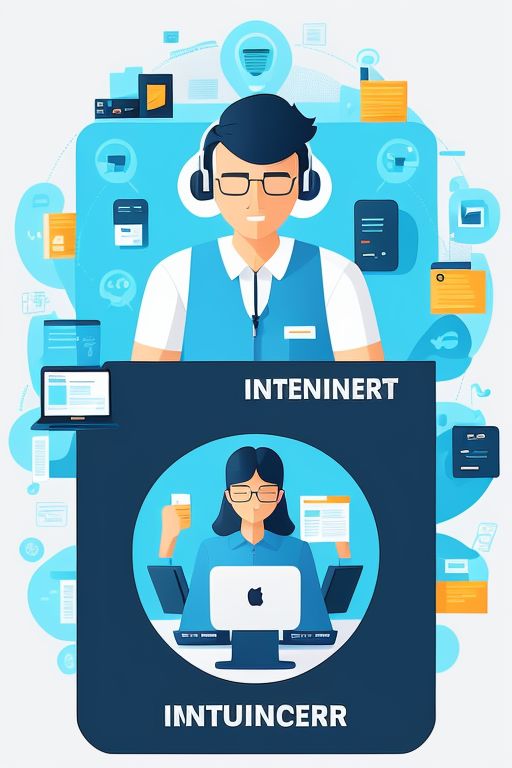
Introduction
In the ever-evolving digital landscape, influencers have the power to reach and inspire diverse audiences worldwide. However, in the pursuit of creating engaging content, it’s essential to prioritize accessibility, ensuring that your message is inclusive and can be enjoyed by everyone, regardless of their abilities or disabilities. In this blog post, we’ll explore the importance of influencer accessibility and provide practical tips for making your content more inclusive.
Understanding Accessibility
Accessibility refers to the practice of creating digital content and environments that can be accessed, understood, and used by people with a wide range of abilities and disabilities. It encompasses various aspects, including visual, auditory, cognitive, and motor accessibility.
1. Captioning and Subtitles
Captioning and subtitles are vital for making video content accessible to individuals with hearing impairments. Ensure that all spoken content in your videos is accurately transcribed and that subtitles are clear, synchronized, and easy to read.
2. Alt Text for Images
When sharing images, use alt text to describe the content. This provides context for screen readers and assists individuals who are blind or visually impaired in understanding the visual elements of your content.
3. Use Accessible Website Design
If you have a website or blog, ensure that it follows accessible design principles. This includes providing proper heading structures, using descriptive link text, and ensuring keyboard navigation is functional.
4. Provide Transcripts for Audio Content
For podcasts or audio content, offer written transcripts. Transcripts benefit individuals with hearing impairments and those who may prefer reading or have difficulty understanding spoken language.
5. Test Accessibility Features
Regularly test the accessibility features of your website or social media platforms to ensure they work as intended. Conduct usability testing with individuals who have disabilities to identify any issues.
6. Choose Accessible Platforms
When selecting platforms for live streaming or hosting webinars, choose ones that offer accessibility features like closed captioning and screen reader support. Popular platforms like Zoom and YouTube offer such features.
7. Consider Color Contrast
Maintain proper color contrast in your visual content, ensuring that text is easily readable against the background. This benefits individuals with visual impairments or color blindness.
8. Keyboard Accessibility
Ensure that all interactive elements on your website or app can be navigated and activated using a keyboard. Some users rely on keyboard navigation due to motor impairments.
9. Regularly Update Content
As you create new content, prioritize accessibility from the beginning. If you update older content, consider retrofitting it to make it more accessible.
10. Educate Your Audience
Promote awareness of accessibility by educating your audience. Encourage them to use accessibility features and consider the needs of others when creating and sharing content.
Conclusion
Inclusivity and accessibility are not just moral imperatives; they also make good business sense. By making your content accessible, you broaden your audience reach and create a more inclusive and welcoming online community. As influencers, you have the power to set positive examples and advocate for accessibility in the digital world. By following these tips and fostering an inclusive mindset, you can ensure that your content resonates with a diverse and appreciative audience.
